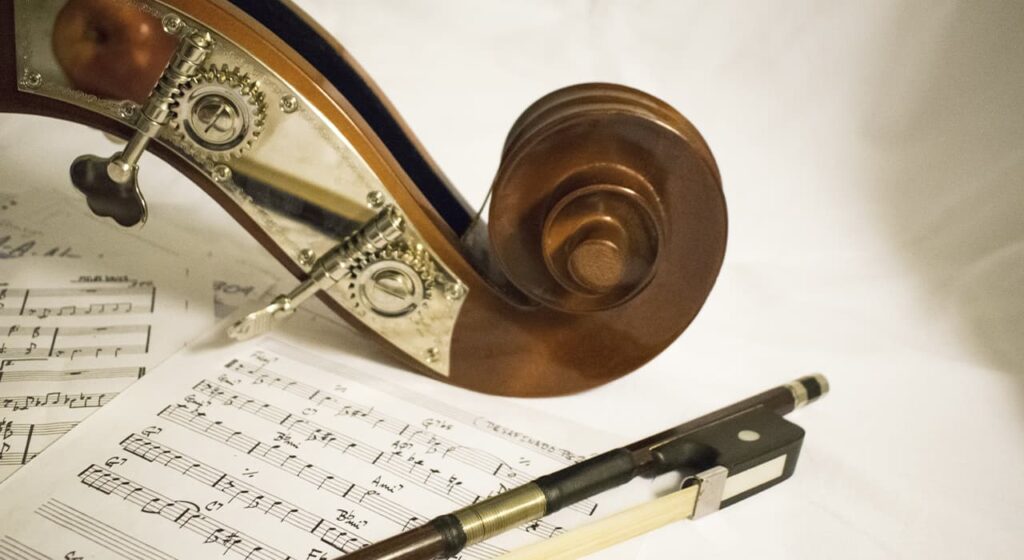“Ancient music” is the name given to music that follows the music of the prehistoric era. “The oldest known song” was written in cuneiform 3400 years ago from Ugarit in Syria. It was part of Hurrian songs, more specifically Hurrian hymn No. 6. It was deciphered by Anna Draffkorn Kilmer, and it has been demonstrated to be composed in thirds harmony, like the ancient gymel, and was also written using the Pythagorean setting of the diatonic scale. The oldest surviving example of a completed piece of music, including notation, from anywhere in the world is the Seikilos epitaph, dating to the 1st or 2nd century AD.
Double pipes, such as those used by the ancient Greeks, and ancient bagpipes, as well as a survey of ancient drawings on vases, walls, etc. D., As well as ancient writings (such as those of Aristotle, Problems, Book XIX.12) describing the musical techniques of the time, point to polyphony. One trumpet in pairs of aulos (double flutes) probably served as a drone or “leitmotif,” while the other played melodic passages. Instruments such as the seven-hole flute and various types of stringed instruments have been found in archaeological excavations of the Indus Valley civilization.
Indian classical music (marga) can be found in the sacred scriptures of the Hindu tradition, the Vedas. The Samaveda, one of the four Vedas, describes music in detail.
The ravanahatha (ravanhatta, raavanhatta, ravanastron, or ravana hasta vina) is a bowed fiddle popular in western India. It is believed to have originated among the Hela civilization in Sri Lanka during the time of King Ravana. This stringed instrument is recognized as one of the oldest stringed instruments in world history.
The history of the development of music in Iran (Persian music ) goes back to prehistoric times. The great legendary King Jamshid is credited with the invention of music. Music in Iran dates back to the time of the Elamite Empire (2500-644 BC). Fragmentary documents from different periods of the country’s history indicate that the ancient Persians had a well-developed musical culture. The Sassanid period (226-651 A.D.), in particular, has left us ample evidence indicating the existence of a vibrant musical life in Persia. The names of some famous musicians, such as Barbod, Naqissa, and Ramtin, as well as the titles of some of their works, have survived.
The era of early music may also include modern but traditional or folk music, including Asian music, Persian music, Indian music, Hebrew music, Greek music, Roman music, Mesopotamian music, Egyptian music, and Muslim music.
Greece
Greek written history goes back to Ancient Greece and was a major part of the ancient Greek theater. In ancient Greece, mixed choirs performed for entertainment, celebration, and spiritual reasons. Instruments included the double-tongued avlos and plucked stringed instrument, the lyre, especially a special kind called the kithara. Music was an important part of education in ancient Greece, and boys were taught music from the age of six.
